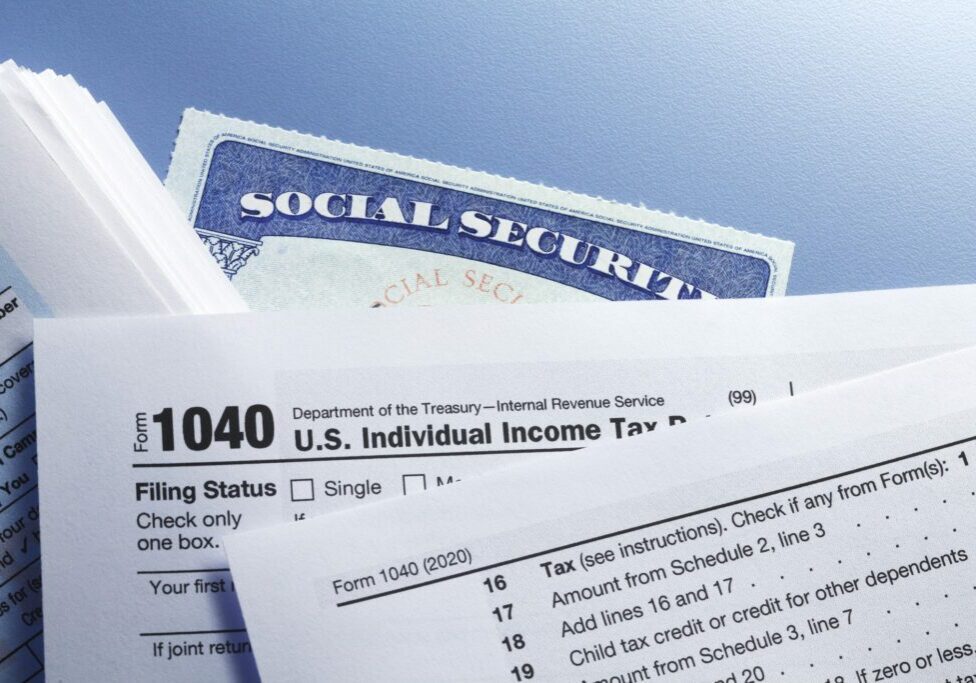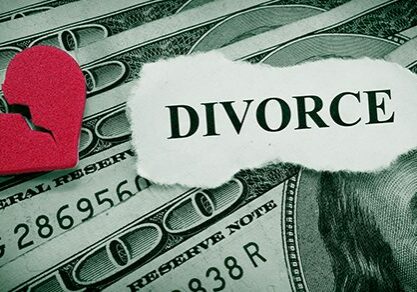Discount for Lack of Marketability: Here’s an Extensive Checklist

| The discount for lack of marketability (DLOM) is one of the most contentious issues in business valuation. One reason is that the DLOM can lower a business interest’s value by as much as 35% or more. Another reason is that the DLOM varies significantly, depending on the rights and restrictions attached to the business interest. Here’s more on the mechanics of applying a DLOM, as well as a methodical approach to quantifying a meaningful DLOM for a particular business interest. A Closer Look at the DLOM According to the International Valuation Glossary — Business Valuation, marketability is: “The ability and ease of marketing and transferring, or the salability of an asset, business or investment. Marketability is also affected by the depth and breadth of market participants, the desirability of the interest, and the availability of an organized market of buyers and sellers through which the interest may be offered for sale.” Publicly traded stocks are considered to be marketable. But noncontrolling interests in privately held businesses often require significant time, money, and effort to sell. Fair market value is often derived from public stock data. So business valuation professionals usually discount private business interests for their relative lack of marketability. To illustrate, if 100% of a business is worth $100, 5% would be worth $5 on a noncontrolling, marketable basis. If the appropriate DLOM is 10%, a 5% interest would be worth $4.50 (90% of $5) on a noncontrolling, nonmarketable basis. Quantifying the DLOM So how do valuators pick the “right” discount? That’s the tricky part. They typically use empirical evidence, such as restricted stock studies and pre-initial public offering studies, to quantify a percentage DLOM for the specific business interest. In general, empirical studies suggest a range of median DLOM from 35% to 50%. But the actual DLOM that a valuator assigns to a specific business can vary significantly from the norm, depending on the investment’s characteristics. To eliminate some of the guesswork, the U.S. Tax Court provided a list of nine factors to consider when quantifying the DLOM in Mandelbaum (T.C. Memo 1995-255). This landmark case dealt specifically with marketability in a gift and estate tax context. But it’s likely to be cited in any case where litigants can’t agree on the appropriate DLOM, including in shareholders’ buy-outs and divorces. In 2009, the IRS issued its 116-page DLOM Job Aid for IRS Valuation Professionals, which leverages and expands the factors set forth in Mandelbaum.Here’s a 41-point checklist of items to consider when quantifying a DLOM, based on these resources. It’s a useful tool for anyone who’s quantifying or scrutinizing a DLOM for tax purposes and beyond. The checklist can also help buyers and sellers of business interests understand the attractiveness of an investment in the marketplace. Like Judge David Laro in Mandelbaum, you can start with the average or median DLOM from empirical data, then increase or decrease it, depending on how the subject company measures up in these 41 criteria: Factors that Affect the Holding Period (The Expected Period to Sale or Liquidation of the Interest) 1. Prospects for sale or public offering of the company 2. Number of identifiable buyers 3. Volume of comparable private transactions 4. Attributes of controlling shareholder (if one exists) 5. Ownership concentration effects 6. Percent of shares held by insiders 7. Percent of shares held by institutions 8. Percent of independent directors 9. Listing on a major exchange (for publicly held companies) 10. Registration costs 11. Restrictive transfer provisions 12. Length of the restriction period 13. Length of the expected holding period 14. Offering size as a percent of the outstanding shares 15. Registered versus unregistered shares Factors that Have an Impact on Risk or Volatility 16. Attractiveness of the subject business 17. Attractiveness of the subject interest 18. Information requirements (in other words, as a holder, what information do you receive?) 19. Availability of access to information and/or reliability of that information 20. Management 21. Earnings levels 22. Revenue levels 23. Book-to-market value ratios 24. Financial condition 25. Business risk 26. General economic conditions 27. Prevailing stock market conditions 28. Volatility of the stock 29. Availability of hedging opportunities 30. Market capitalization rank 31. Existence and effect of pending litigation 32. Degree and effect of industry regulations 33. Effects of state law 34. Existence of swing vote attributes in the subject interest Factors that Affect Dividend Payments 35. Dividend paying (or distribution) ability and history 36. Dividend yield Other Factors 37. Value of subject corporation’s privately traded securities vs. its publicly traded securities (or, if the subject corporation does not have stock that is traded both publicly and privately, the cost of a similar corporation’s public and private stock) 38. Attributes of controlling shareholder 39. Active versus passive investors 40. Owners with an adversarial relationship or an inconsistent business philosophy 41. Liquidity of control owners One Size Doesn’t Fit All Business Interests Not all of these factors will apply to every business interest, but this checklist serves as an excellent tool for analyzing marketability. A valuation professional has the training and expertise needed to interpret and apply these factors to a specific business interest. |








